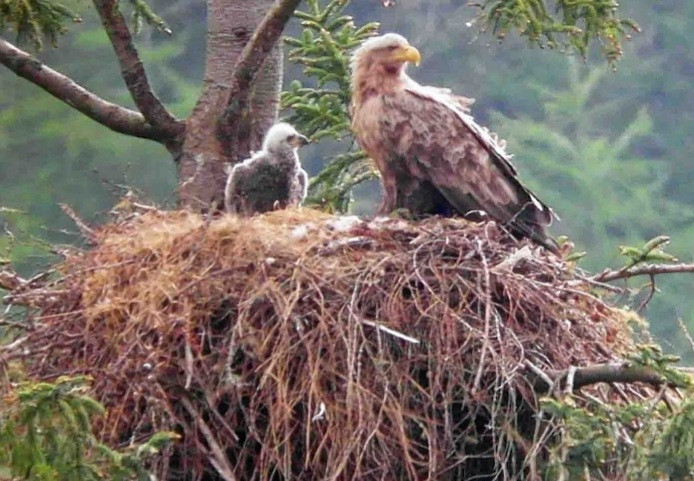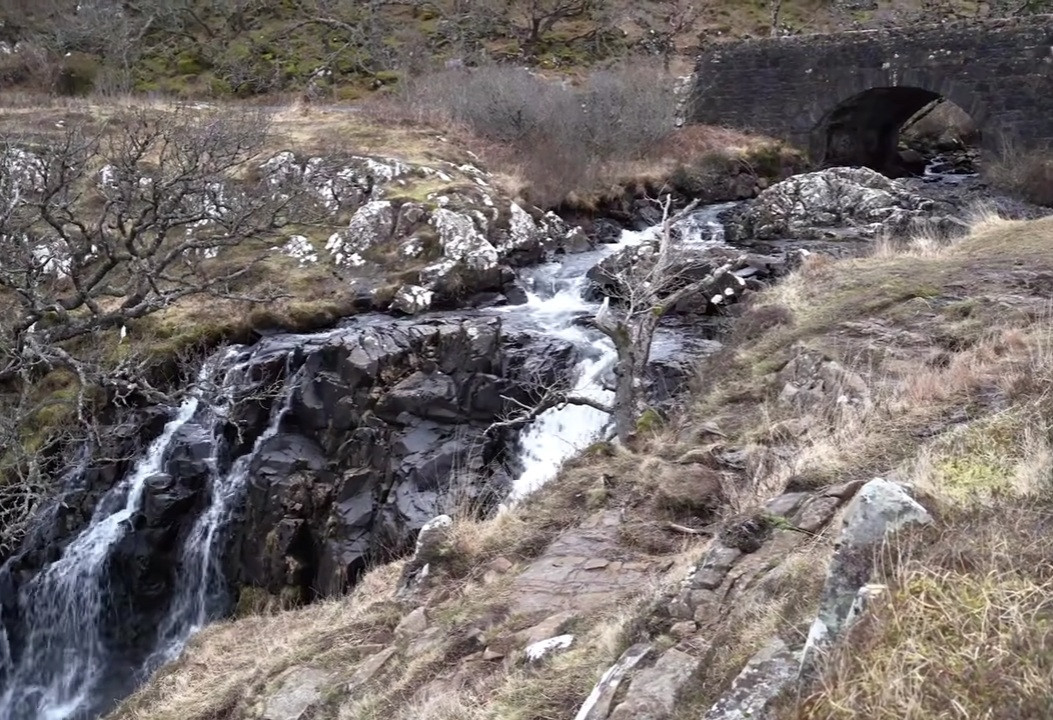Opis
Mull, known as 'eagle island', has the world's most concentrated population of orzeł przedni, with 20 breeding pairs. Loch na Keal, Ben More and Ulva are good spots. bielik were reintroduced in the 1970's and are thriving; there is an eagle watch hide at Loch Frisa. rybołów visit regularly especially Lochdon, Loch Cuin and Loch Torr. błotniak zbożowy are abundant (I saw 16 in one day), there are also sokół wędrowny, drzemlik, myszołów and krogulec.
derkacz, up to 20 calling males, breed on Iona. This small island on the western point of Mull is accessible from Mull by a passenger ferry. Wildlife tours by Minibus operate from Craignure, and whale/dolphin boat trips from Tobermory. Otters are numerous and red deer in the hills. Midges can be troublesome in July and August.
Szczegóły
Dostęp
Caledonian McBrayne operates regular ferries to Craignure (on Mull) from Oban (see the link to ferry service below). Oban is 100 miles northwest of Glasgow by road. The average rail journey over this distance is 3hrs 10 min.
Teren i siedlisko
Las , Równina , Góry , Jezioro , Plaża , Rolnictwo/uprawy , Miasto/wieś , Morze , Rzeka , WrzosowiskoWarunki
Płaski , Górzysty , Pagórkowaty , Skalisty , Otwarty krajobrazTrasa dookoła
TakCzy luneta będzie przydatna ?
Może być przydatnaUdany sezon obserwacyjny
Wiosna , Lato , JesieńNajlepszy czas na wizytę
Wiosna , JesieńTrasa
Droga utwardzona , Droga nieutwardzonaPoziom trudności szlaku pieszego
Średnio wymagający spacerDostępne
Pieszo , Rower , Samochód , ŁódźCzatownia/platforma obserwacyjna
TakDodatkowe informacje
Mull featured in the BBC's 'Bill Oddie's How to Watch Wildlife'.



